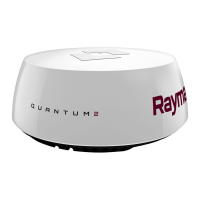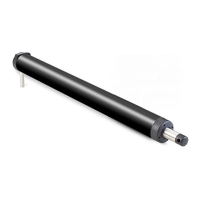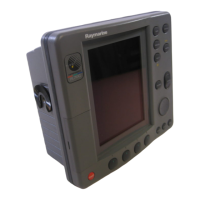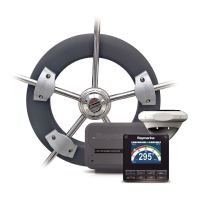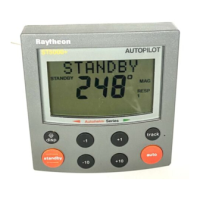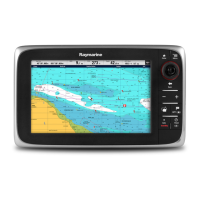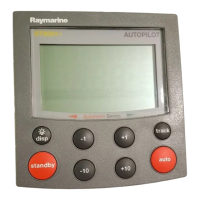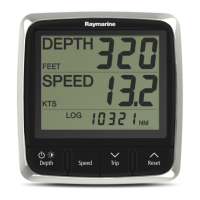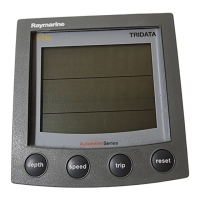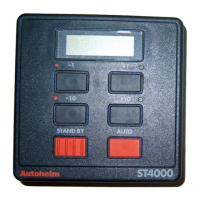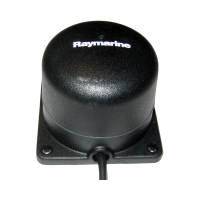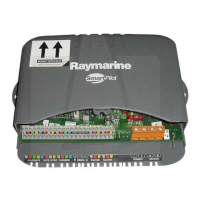How to troubleshoot Raymarine Radar when no connection can be made to the scanner?
- CChristine HernandezOct 25, 2025
If you can't establish a connection to the Raymarine Radar scanner, there might be several reasons. First, if you're using a data cable, ensure it's properly connected at both ends and in good condition. If you're using a Wi-Fi connection, double-check that you've entered the correct Wi-Fi passcode for the SSID that matches your scanner. Both the SSID and Wi-Fi passcode can be found on the scanner packaging and on the serial number label on the underside of the unit. Also, the scanner unit may have shut down. You can awaken it by using the Power Up Radar option in the Shortcut screen, accessible on your MFD by momentarily pressing the MFD’s power key. If the Radar unit will shut down within 30 minutes if a wireless (Wi-Fi) connection can’t be made to a multifunction display unit (MFD), ens...
